Karphi: A Refuge Village Overlooking the Lasithi Plateau
Perched 1,100 meters above sea level on the mountains surrounding the Lasithi Plateau in Crete, the refuge village of Karphi offers a poignant glimpse into the lives of Late Minoan IIIC people seeking refuge and resilience in a challenging environment. Excavated in the late 1930s, the site reveals a planned settlement with houses, streets, and evidence of diverse cult activities.
A Strategic Location for Refuge
Karphi’s elevated position provided a defensive advantage, offering panoramic views of the entrance to the Lasithi plain and north-central Crete. While the village’s exact origins remain unclear, it is believed to have served as a refuge for Minoans seeking safety and survival after the collapse of the Minoan palaces.
Life in the Village: Herding, Hunting, and Cultivation
The village, estimated to have housed around 3,500 inhabitants, sustained itself through a combination of animal herding, hunting, and olive cultivation at lower altitudes. Despite the harsh winter conditions at such a high elevation, the village featured paved streets, yards, and single-story houses, suggesting a planned and organized community.
Cult Activities: Diversity and Continuity
Karphi stands out for its diverse and widespread cult activities. Excavations have revealed shrines dedicated to goddesses with upraised arms, offering stands, and rooms containing figurines and libation vessels. These findings suggest that different rituals were performed in various parts of the village, using distinct cult equipment and potentially following seasonal patterns.
The Temple, a large rectangular structure, served as the central focus for ritual activities. It housed five goddess figures, along with other ritual artifacts like snake tubes, braziers, and fireboxes. Other areas, such as the Commercial Quarter and the Great House Shrine, also contained evidence of cult practices.
Ritual Spaces and Community Offerings
Rooms containing offering stands, figurines, and libation vessels indicate that rituals were not confined to formal shrines. Some of these spaces opened directly onto streets or courtyards, suggesting a more informal setting for community offerings. This decentralized approach to ritual practices distinguishes Karphi from other LM IIIC sites.
Karphi: A Testament to Minoan Resilience
The archaeological site of Karphi offers a unique perspective on the resilience and adaptability of Minoan people during a time of upheaval and transition. The village’s strategic location, planned layout, diverse cult practices, and evidence of economic activities reveal a community striving to maintain their cultural identity and social cohesion in a challenging environment.
Karphi Refuge Village: Key Points
- Construction Period: Late Minoan IIIC (c. 1200-1100 BC)
- Location: Mountains surrounding the Lasithi Plateau, Crete, Greece
- Dimensions: Partially excavated, estimated to have housed 3,500 people
- Historical Significance: Refuge village showcasing Minoan resilience and diverse cult practices
- Current Status: Archaeological site with limited access due to overgrowth and erosion

















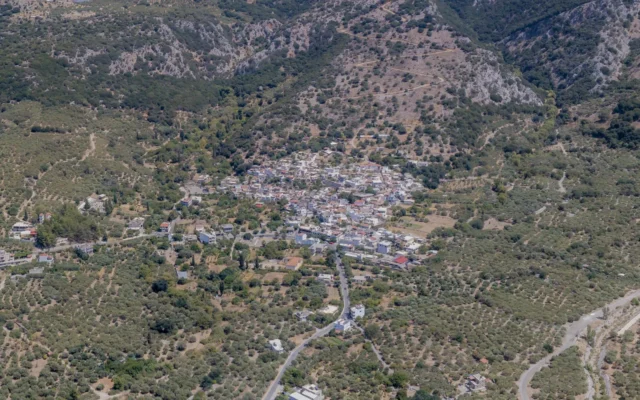

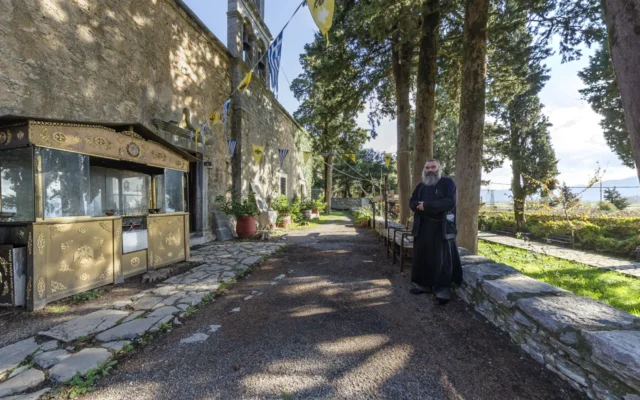
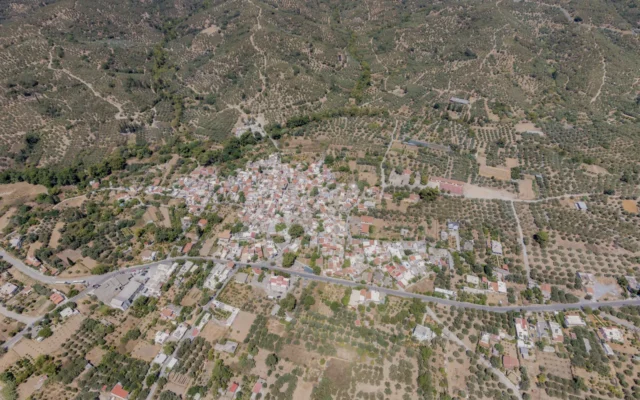

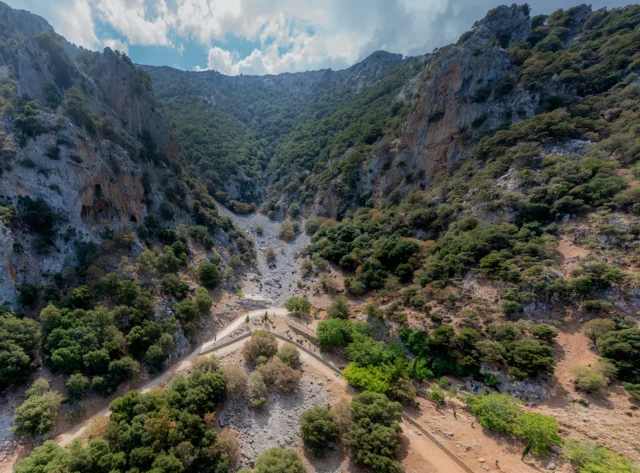

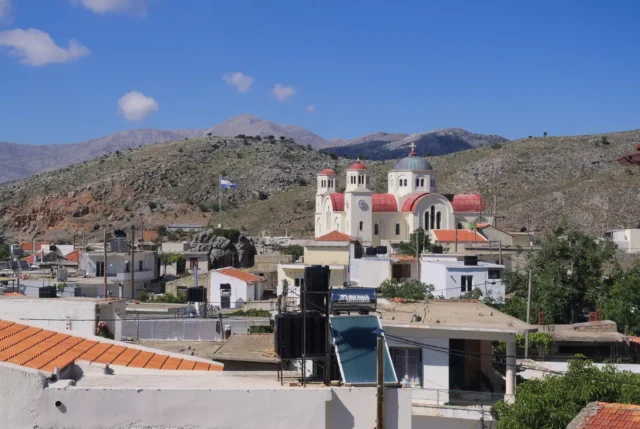
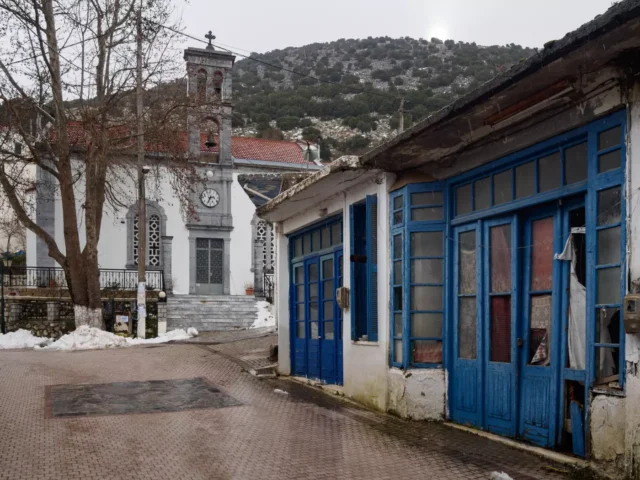
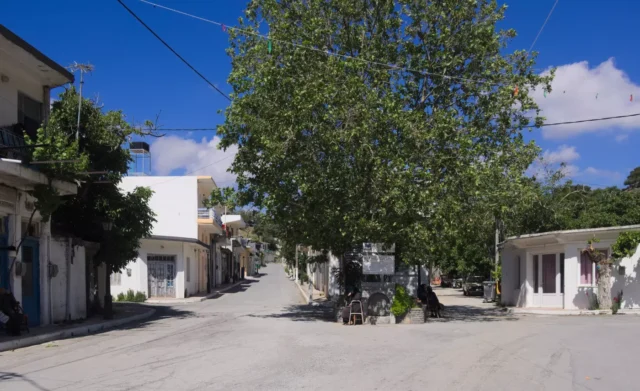

There are no comments yet.